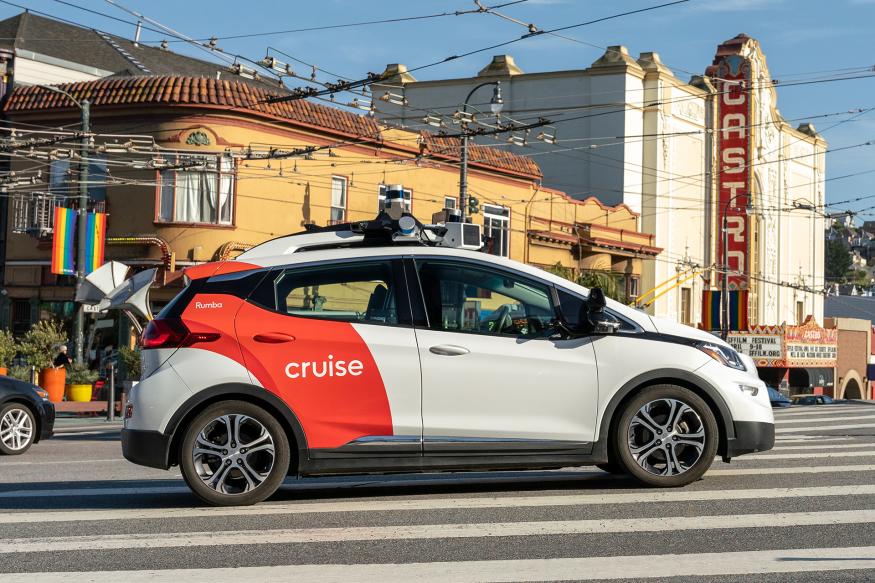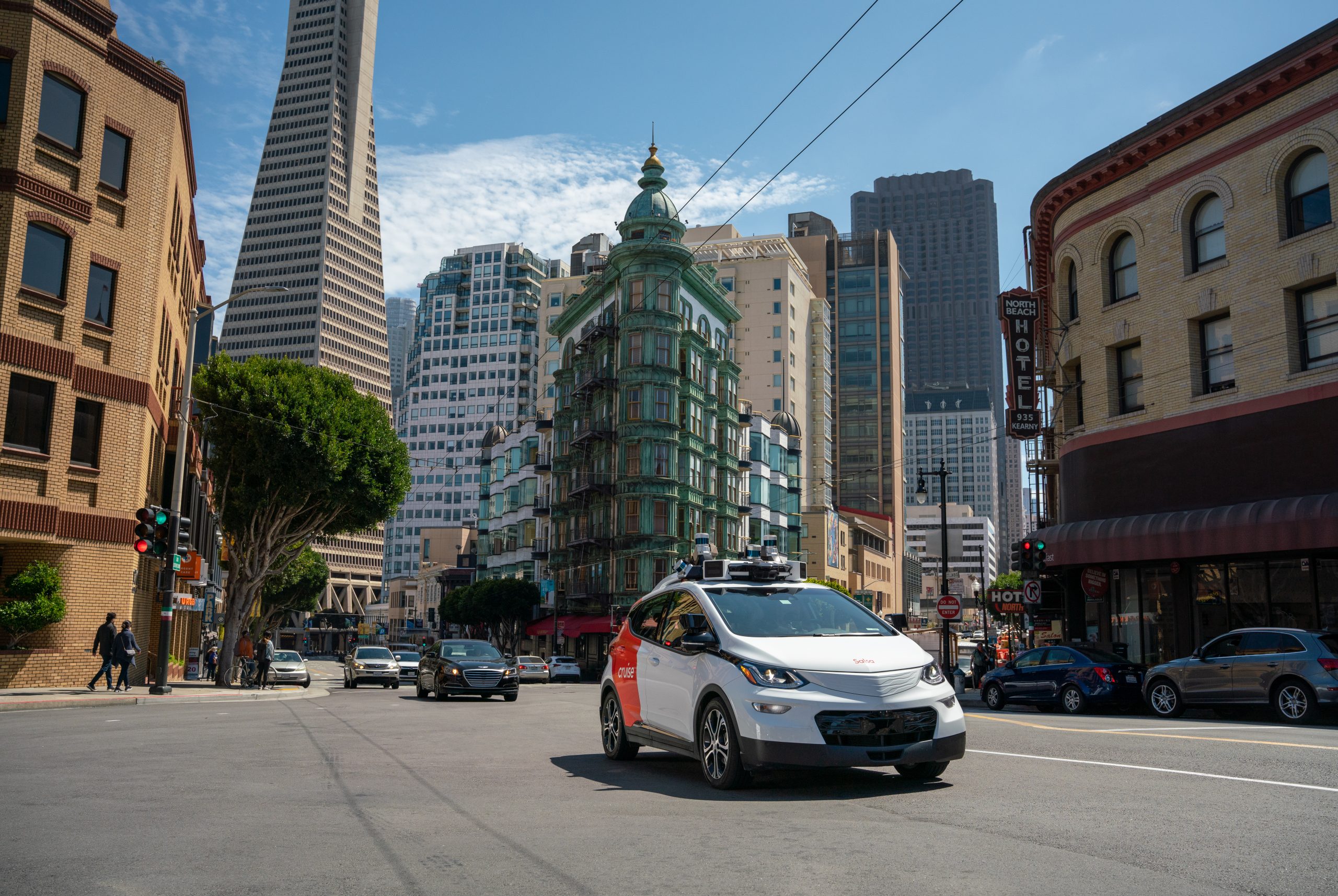Robotaxi Rides In San Francisco: What You Need To Know Now
Is San Francisco ready for a driverless future? The expansion of robotaxis in the city marks a significant turning point, potentially reshaping urban mobility and safety for its residents and visitors alike.
The streets of San Francisco are witnessing a technological revolution. Robotaxis, vehicles capable of navigating city streets without human intervention, are no longer a futuristic fantasy but a present-day reality. The recent developments, allowing companies like Waymo and Cruise to operate their autonomous vehicles across the city around the clock, mark a pivotal moment in the evolution of transportation. This shift, however, isn't without its complexities, sparking both excitement and skepticism among residents, policymakers, and industry experts. While proponents champion the potential for increased safety, efficiency, and accessibility, concerns regarding technological reliability, job displacement, and equitable access persist. The journey toward widespread adoption of driverless technology promises to be a complex one, demanding careful consideration of its societal impact and a commitment to responsible innovation.
The introduction of robotaxis comes against the backdrop of a pressing public safety concern. The roads of San Francisco, like many major urban centers, have become increasingly dangerous. In 2022, thirty-nine people lost their lives in traffic accidents on San Franciscos streets, and tragically, in 2023, twenty-five more lives were claimed. These are not merely statistics; they represent human lives cut short, families shattered, and communities scarred. Moreover, thousands of people report injuries every year, further underscoring the urgency of addressing this critical issue. Nationally, traffic violence is a pervasive problem, claiming approximately 40,000 lives annually across the United States. The sheer scale of this loss necessitates a reevaluation of existing road safety measures and a search for innovative solutions. The status quo, it seems, is simply not serving the people of San Francisco, and there is a growing call for change.
Enter Waymo, a leading player in the autonomous vehicle space. With its Waymo One service already operating and completing tens of thousands of weekly trips, the company has established a footprint in the city. Waymo's claim of providing safe, sustainable, and reliable transportation to locals and visitors alike positions its technology as a potential solution to the citys road safety challenges. The recent announcement, allowing anyone in San Francisco to hail a ride without needing prior approval, represents a significant expansion of its service. This wider accessibility could accelerate the adoption of autonomous vehicles, potentially leading to broader societal benefits.
However, the path forward is not without its obstacles. Public trust in the technology is crucial for its successful integration into daily life. Incidents, no matter how isolated, that undermine public confidence can significantly hinder progress. Autonomous systems researcher Zena Assaad points out the importance of building and maintaining trust. As the technology matures, ensuring robust performance, addressing public concerns, and transparently communicating about incidents are essential for fostering a positive relationship between the technology and the public.
The legal and regulatory landscape is another critical factor. The green light given to robotaxis to operate in San Francisco, which has been allowing autonomous vehicles on its streets for years, is a testament to Californias commitment to embracing technological innovation. However, the shift to fully driverless rides is a relatively new phenomenon. Careful monitoring, data collection, and ongoing evaluation will be essential to assess the impact of this technology. Regulatory frameworks need to be adaptable, evolving to meet the challenges of a rapidly changing technological landscape. Clear guidelines, addressing safety concerns, data privacy, and equitable access, are vital to ensure that the benefits of autonomous vehicles are shared by all members of the community.
The economic impact of driverless technology also warrants consideration. The introduction of robotaxis has the potential to reshape the transportation sector, and one of the biggest concerns is job displacement. The taxi industry, already grappling with the rise of ride-sharing services, could face further disruption. It is important to plan for such disruptions and support initiatives that provide resources and opportunities for those whose jobs may be affected. Education, training programs, and other support services can help to equip workers with the skills needed to adapt to the changing job market.
The implications extend beyond San Francisco. The city is now the second in the U.S., after Phoenix, where robotaxis are openly available to anyone. This makes San Francisco a key testbed for the broader adoption of autonomous vehicles. As these technologies continue to develop, their impact will ripple across the state and beyond. The ongoing work of companies like Cruise, which have also been allowed to operate in the city, as well as other players in the field, will be closely watched, as they seek to refine their technology and demonstrate its benefits. The future of transportation may well be shaped in San Franciscos streets.
The shift to a driverless future also raises questions about accessibility. Ensuring that autonomous vehicle services are available to all, regardless of their income or mobility status, is a key aspect of equity. Pricing strategies, service areas, and the availability of accessible vehicles need to be carefully considered to ensure that this technology benefits everyone. Transportation is a fundamental aspect of daily life, and the goal should be to create a system that is truly inclusive and accessible to all.
Furthermore, the data generated by robotaxis has the potential to provide valuable insights into traffic patterns, urban planning, and transportation infrastructure. The collected data can be used to optimize traffic flow, improve road safety, and inform future infrastructure investments. However, the use of such data must be governed by stringent privacy protections, with clear guidelines on data collection, usage, and storage. Public trust in the technology relies on the responsible and ethical handling of personal information.
The move towards driverless vehicles is not merely a technological advancement; its a paradigm shift with the potential to transform urban life. As San Francisco navigates the implementation of robotaxis, its critical to be mindful of both the potential benefits and the challenges that lie ahead. By addressing the concerns about safety, equity, and job displacement, and by fostering public trust, cities like San Francisco can harness the power of autonomous technology to create safer, more sustainable, and more accessible transportation systems for all.
| Category | Details |
|---|---|
| Location | San Francisco, California, USA |
| Key Players | Waymo, Cruise |
| Service Offering | Driverless taxi service (robotaxi) |
| Operational Status | 24/7 operation, charging passengers |
| Availability | Open to anyone, no waitlist |
| Safety Context | Focus on reducing traffic fatalities and injuries |
| Technological Context | Fully driverless rides as a relatively new phenomenon |
| Public Perception | Growing adoption, mixed with concerns around safety and reliability |
| Economic Impacts | Potential job displacement in the transportation sector |
| Regulatory Framework | Adaptable regulatory measures to monitor and assess impact, ongoing evaluation |
| Accessibility Considerations | Ensuring accessibility to all residents, regardless of income or mobility |
| Data Handling | Use of data for traffic pattern analysis, road safety, and infrastructure, emphasizing privacy protection |
| Broader Implications | Potential for transforming urban life by shaping transportation, planning, and access |
| Reference | Waymo Official Website |


